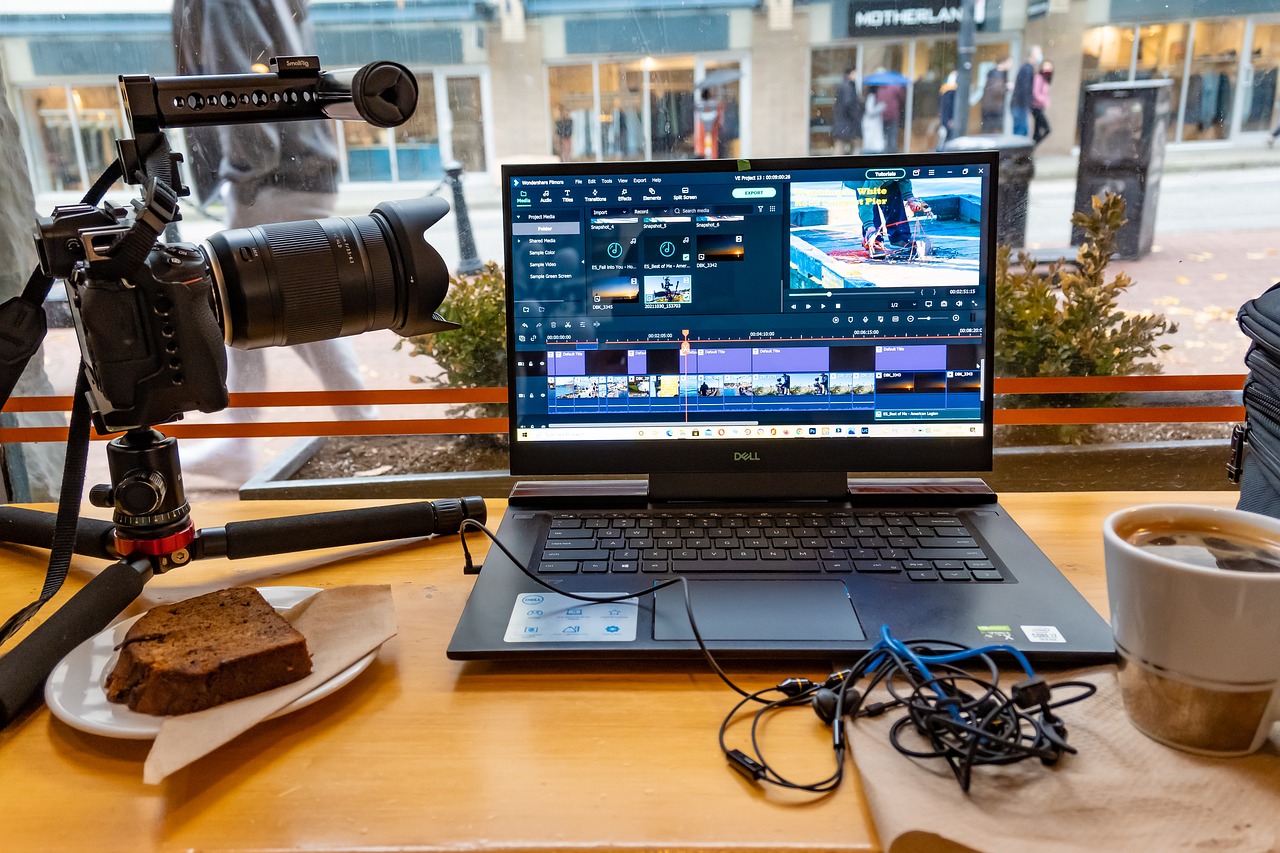Video Editing Tips for Family History Videos
Posted by Jonathan O'Brien

A family history video is a great way to share the fascinating stories and life experiences uncovered through genealogy research. When you present this information as a filmed interview, the audience can connect with your passion for the subject, like hearing stories around the campfire. To create an engaging family history video, it's important to remember that stories are the primary way we communicate with the world. Rather than just listing names and dates, aim to tell stories that captivate your audience.
To begin, gather all of your research into a cohesive timeline or tree to get a big-picture overview of your family's history. From there, select the most interesting characters or moments to focus on, then break down each of these stories into the elements of any good tale, including a protagonist who faces some sort of problem and an action taken that leads to an outcome. While only some stories need to follow this structure, keeping it in mind can help you make your family history video more compelling. Remember to convey any necessary facts, but prioritize anecdotes that will connect with your audience and tell the stories of your family's history.
Preparing for Filming
Preparation is key to any task, including making a family history video. For this project, remember the acronym CLIPS, which covers everything you'll need to plan:
- Clothing: Choose attire that reflects your personality and is appropriate for an archival document. Dress comfortably yet thoughtfully.
- Location: Find a quiet indoor space where you feel comfortable. Avoid outdoor settings that may introduce distractions.
- Interviewer: While interviewing yourself is an option, having another person conduct the interview is often easier. Select someone with whom you can comfortably converse.
- Participants: Involve other family members to have them share their stories. Consider doing group interviews or including the younger generation.
- Stories: Prepare a list of the stories you want to tell.
- Ten Best Tips to Create Impactful Legacy Videos
- How to Record Your Family's History and Preserve Memories
- Beginner Guide to Researching Your Family History
- How to Make a Family Legacy Video
Creating Interview Questions
Plan what you want to focus on in your video. Do you want to discuss family history, record a living history, or both? Brainstorm on relevant topics, such as the subject's ancestry, education, early years, and career. Craft open-ended questions that elicit detailed responses, starting with "what," "how," and "why." Tailor the questions to your desired narrative to create a natural flow.
- 25 Legacy Video Questions
- 260 Family History Questions to Interview Yourself and Others
- Questions for Interviewing Family Members
- List of Genealogy Interview Questions to Ask Family Members
Filming Your Family History Video
You'll need to think about three main factors when you record your video, whether you're using a video camera or the camera on your mobile phone:
- Audio: Prioritize good audio quality. Sit close to the camera, or invest in an affordable lavalier microphone for better sound.
- Lighting: Ensure that your facial expressions are well-lit. Use natural light by positioning yourself near a large window with soft light falling across your face.
- Stabilization: Use a mini-tripod for mobile phones or a regular tripod for larger cameras. Alternatively, find a stable surface to balance the camera on at face height.
- How to Capture Your Family History on Video
- How to Use Tech to Capture Your Family History
- Tips for Shooting a Family History Video
Making Your Family History Video More Personal
To make your video more interesting and personal, include meaningful objects that you or your subject can hold and talk about. You might also choose to some some photos, either by holding them up to the camera during an interview or by scanning them and editing them into the video at appropriate points later on.
- How to Make a Family Legacy Documentary
- Seven Easy Ideas to Record Your Family History
- How to Make Your Own Family History Video
Finalizing Your Video
If you prefer minimal editing, aim to film interviews in one sitting, accepting minor imperfections. However, editing can help you to create a polished final product. Use video editing software on your computer, such as Premiere Pro or iMovie, or mobile apps to make basic edits, enhance visuals, and add titles. Though editing requires effort, it elevates the quality of your video.
Additional Research Tools for Tracing Your Family's History
- FamilySearch
- Ancestor Records
- MyHeritage
- Findmypast Records Search
- The USGenWeb Project
- Genealogy.com
- Rootsweb
- Fold3 Historical Military Records
- Database Management Training
- National Archives Catalog
- DNA Painter
- FamilySearch Memories
- Find a Grave
- GedView
- MobileFamilyTree
